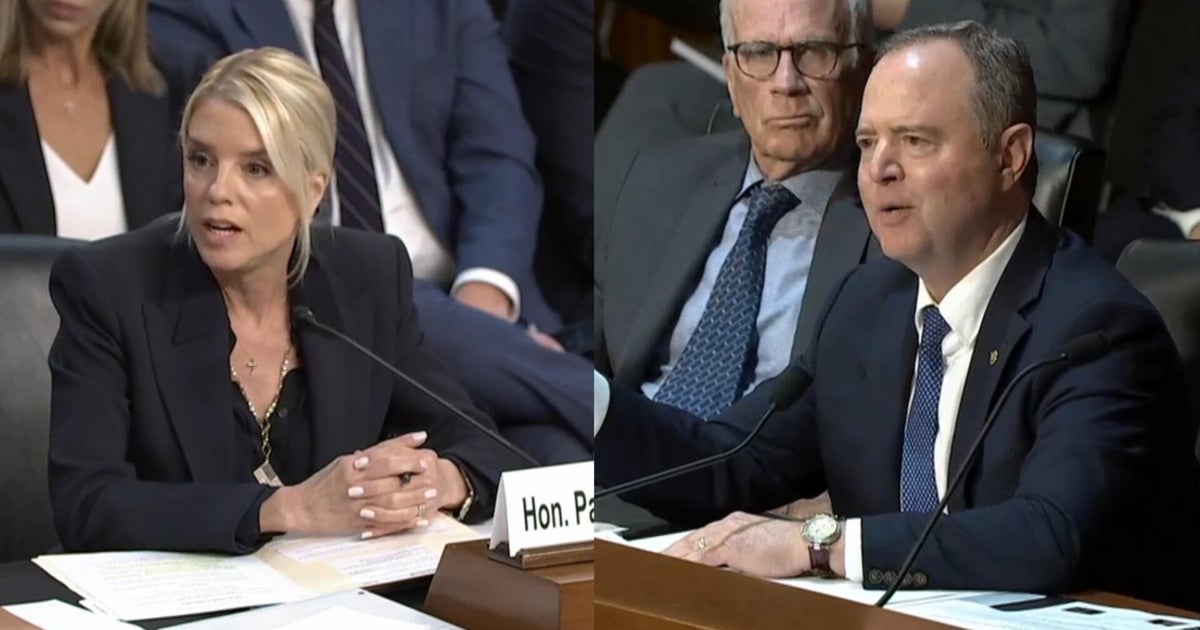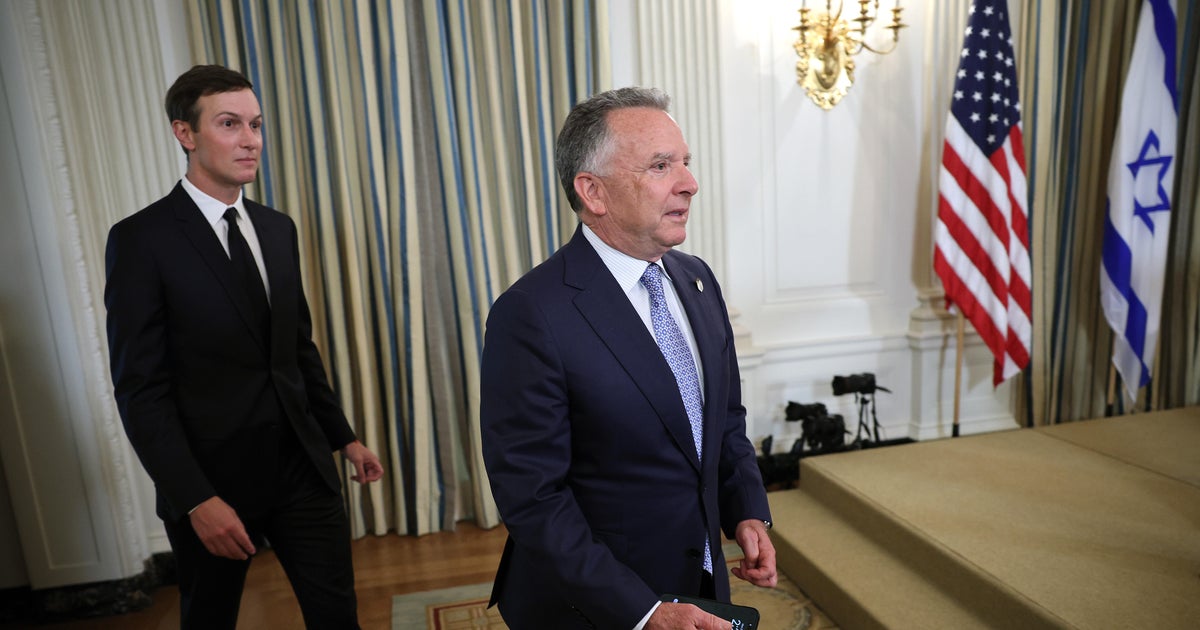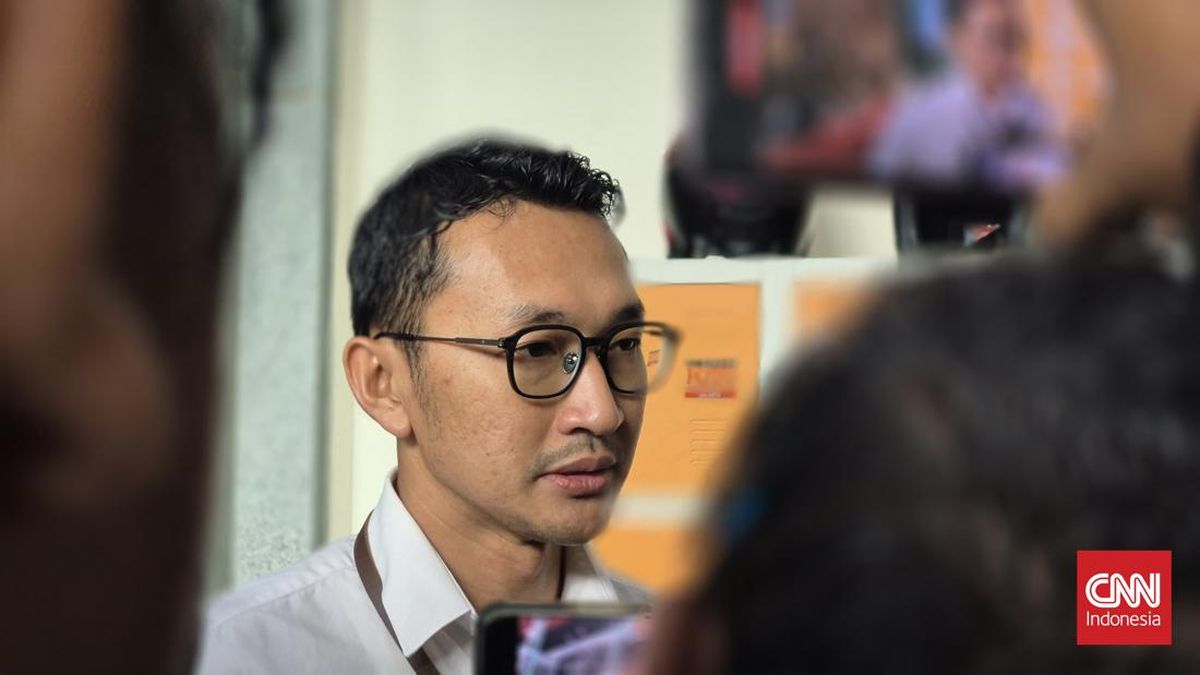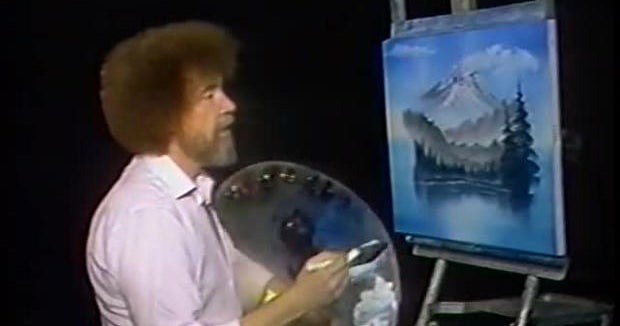Jane Goodall, who has died aged 91, was the world’s foremost expert on chimpanzees. Her ground-breaking work changed the field of primatology. Her research in Gombe Stream National Park in Tanzania in the 1960s shone a light on the secret world of chimpanzees, discovering that humankind’s closest relatives have pronounced personalities, minds and emotions and can form significant and complex relationships.
“Chimps, like us, are very aggressive but are also quick to make peace and make sure the rift is healed. We could learn a lot from that,” she said.

Jane Goodall at Taronga Zoo’s chimpanzee last year with Richard Buzas, supervisor of primates.Credit: James Brickwood

Goodall at the Sydney zoo in 2011, communicating with two-year-old chimpanzee Sule.Credit: Edwina Pickles
Alongside Stephen Hawking and David Attenborough, she was one of a choice group of scientists whose names were recognised across the world. She also led the charge for women to be better represented in science, conservation and the environment. “Jane Goodall’s trailblazing path for other women primatologists is arguably her greatest legacy,” said Gilbert Grosvenor, former chairman of National Geographic.
In 1977, she established the Jane Goodall Institute, which became a global leader in the effort to protect chimpanzees and their habitats through community-led conservation. The institute has 19 offices globally, including in Sydney, where she launched its flagship youth-led Roots and Shoots program at Taronga Zoo in 1997.
Today, alongside Roots and Shoots, the institute in Sydney offers seed funding for environmental action work and runs the Resource Box Program, which distributes free resources for schoolchildren to educate them about wildlife, the natural environment and caring for the planet.
Goodall’s later years focused primarily on campaigning and she travelled for about 300 days each year, spreading the word about chimpanzees and the desperate need to save the planet. “It seems to be my job to wake people up to the fact that every single day, every single individual – every one of us – can make some kind of impact,” she told the Herald in 2019.
A regular visitor to Sydney, she spoke of her delight at seeing “old friends” in the chimp enclosure at Taronga. She was also a patron of the Australian animal welfare charity, Voiceless. She was a vigorous critic of Australian environmental and conservation policies, speaking out against live animal exports, the treatment of dingoes and against bat culls.
“Many endemic species are disappearing. There is rapid urbanisation and urban sprawl. Australia is not doing well at all,” she said in 2011.

A young Jane with her mother, who wrote under the name Vanne Morris- Goodall.Credit: The Goodall Family via AP
Valerie Jane Morris-Goodall was born on April 3, 1934, in Hampstead, London. Her father, Mortimer, was a well-to-do businessman and her mother Margaret was a novelist, who wrote under the nom de plume of Vanne Morris-Goodall. The family later moved to Bournemouth, where Jane was educated at Uplands School.
As a young child, she was fascinated by animals of any kind and her mother once found her in bed clutching a handful of earthworms, trying to discover how they could move without legs. She spent hours at the Natural History Museum in Kensington, marvelling at the exhibits, as well as reading books about African wildlife, including the Tarzan series and The Story of Dr Doolittle. When her father gave her a toy chimpanzee named Jubilee, her love of primates was cemented and Jubilee stayed with her for the rest of her life, sitting on her dresser in her home in Bournemouth.
In 1957, after a brief stint at secretarial college, she accepted a girlfriend’s invitation to visit her family farm in Kenya. Not long after arriving, she met the famed primatologist and anthropologist, Dr Louis Leakey, who was looking for an assistant. Impressed by her interest in animals, but also her lack of formal training, which he thought would give her a new perspective, he invited Goodall to accompany him and his wife on a fossil expedition in the Olduvai Gorge.
In 1964, Goodall married Dutch nobleman and wildlife photographer Baron Hugo van Lawick at Chelsea Old Church in London. They had a son, Hugo, in 1967, but divorced in 1974. In 1975, she married Derek Bryceson, director of Tanzania’s national parks.
Goodall recalled in a Herald interview in 2014: “One day, another woman and I were followed by a two-year-old lion that was the length of a cricket pitch. My companion said we should go into the thickets, but I said we should climb up the side of the gorge, in plain view. Later that night, sitting around the campfire, Louis said that’s exactly what you should have done.”

Jane Goodall with her first husband Hugo van Lawick with a camera and a friend in 1974.Credit: AP

Jane Goodall plays with Bahati, a young female chimpanzee at the Sweetwaters Chimpanzee Sanctuary in Kenya, 1997.Credit: AP
Leakey proposed the chimpanzee project, sending the 26-year-old Goodall to Gombe with just her tent, a pair of binoculars, an African cook called Dominic and her mother – who was brought along because the authorities were worried about sending a young, unmarried, white woman off into the jungle on her own.
“It was awful for her,” she told the Herald in 2017. “She was the brave one. I knew there were dangers, but it was exciting.”
There on the shores of Lake Tanganyika, now Gombe National Park in Tanzania, she spent months gaining the trust of the primates before observing the behaviour that would rock the foundations of the staid world of primatology.
She saw chimpanzees making and using tools, eating meat (they were previously thought to be vegetarian) and practising cannibalism. It was Goodall who made the first record of long-term warfare in non-human primates – the “four-year war” which began at Gombe in 1974 and ended only when one group had been eradicated. However, it was not an entirely grim picture – Goodall witnessed compassion and kindness from the chimpanzees, seeing them kissing and embracing, as well as a 12-year-old male named Spindle adopting a three-year-old orphan named Mel.
Accordingly, her findings astounded scientific convention, leading Leakey to proclaim: “Now we must redefine man, redefine tool, or accept chimpanzees as humans.”
In 1962, Leakey sent Goodall to Cambridge, where she became only the eighth person to be admitted without an undergraduate degree. There she studied animal behaviour (ethology), earning her PhD in 1966. It wasn’t all golden in the ivory towers of academia, though; many of her findings were mocked and disputed, such as her habit of naming, rather than numbering, animals. She was accused of coaching chimpanzees and, after a presentation to the Zoological Society of London, anatomist and monkey researcher Sir Solly Zuckerman loftily declared her work to be little more than “anecdote” and “unbounded speculation”.

Goodall addressing a group of children at Taronga Zoo in 2019.Credit: Steven Siewert

The Taronga Institute of Science and Learning’s Education Centre is dedicated to her.Credit: Steven Siewert
In 1965, she established the Gombe Stream Research Centre, which became a training ground for students interested in studying primates, ecology and the environment. Today, it hosts a team of researchers from around the world, with field assistants who are mostly local Tanzanians, many of them women.
She wrote, or co-wrote, over 30 books on animal, plant life and conservation, including her 1986 book Chimpanzees of Gombe: Patterns of Behaviour, which is recognised as the definitive work on chimpanzees. She also published numerous children’s books, as well as her collected letters and her bestselling autobiography, Reasons for Hope.
Her life and work were depicted in numerous television documentaries, including Jane Goodall’s Wild Chimpanzees (2002), Jane’s Journey (2010), JANE (2017) and Jane Goodall: The Hope (2021).
Goodall was the recipient of numerous international honours during her long career. In 2020, former UN secretary-general Kofi Annan named her a UN Messenger of Peace. In 2006, she was presented with Frances’s highest recognition, the Legion of Honour. In 2004, she was invested as a Dame of the British Empire. She received honorary doctorates from 57 universities.
Throughout her advancing years, Goodall remained a role model for a younger generation of activists. As one of the list of starry interviewees for Gutsy, Hillary and Chelsea Clinton’s Apple TV series on influential women, she appeared alongside Gloria Steinem and Goldie Hawn.
In 2019, she interviewed Prince Harry for his wife Meghan’s guest-edited edition of Vogue, drawing out the revelation that the couple planned to have just two children to reduce the strain on the planet. She was also honoured by Lego, which issued a Jane Goodall Tribute featuring a figure based on her and three chimpanzees in an African forest scene.
Jane Goodall is survived by Hugo and his family. Derek predeceased her in 1980.


















































